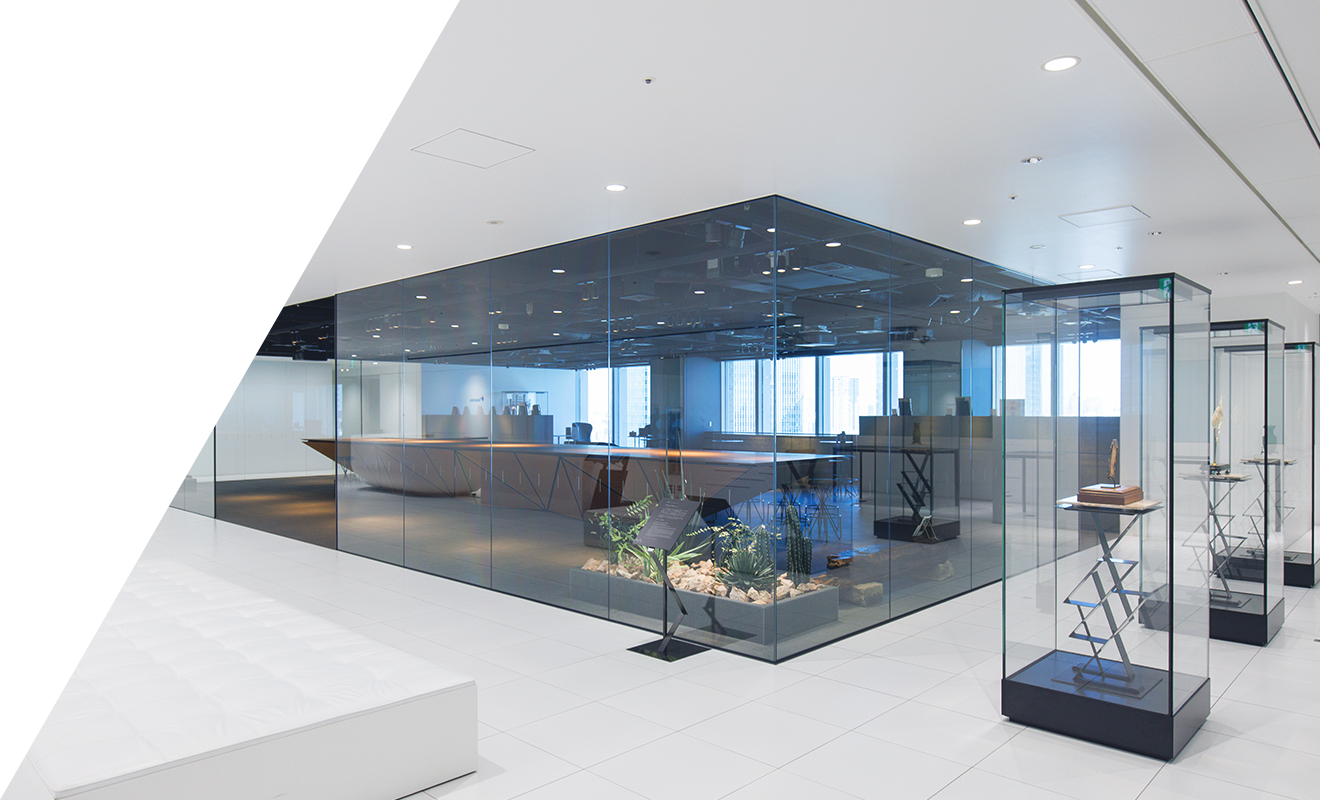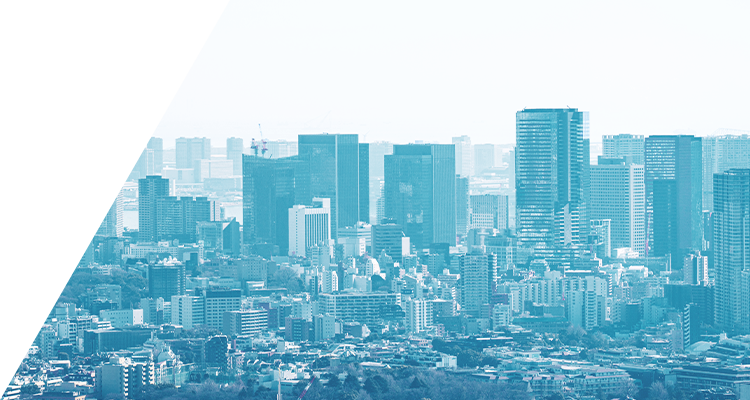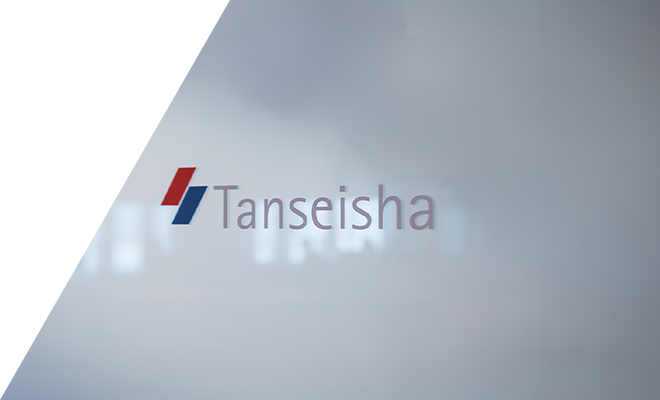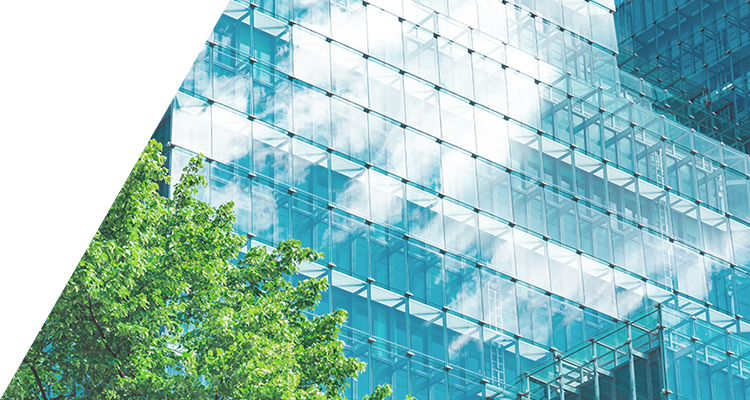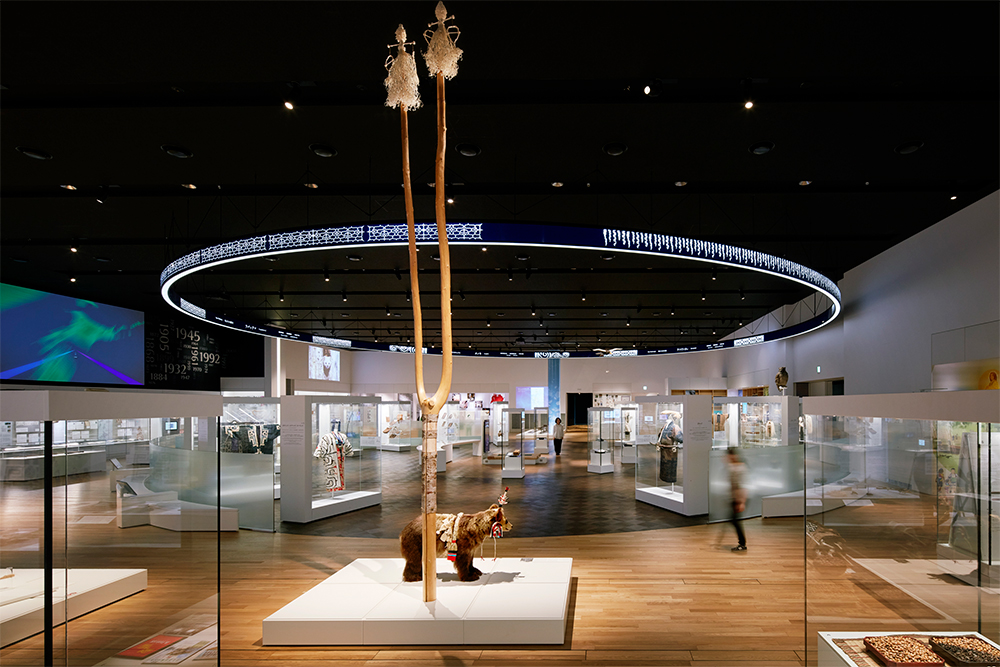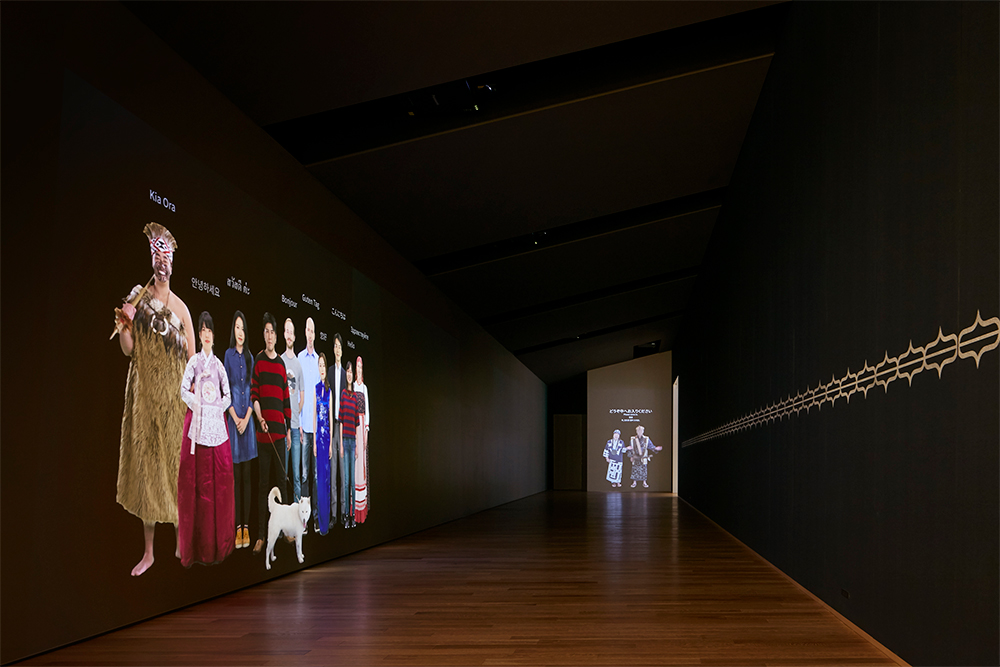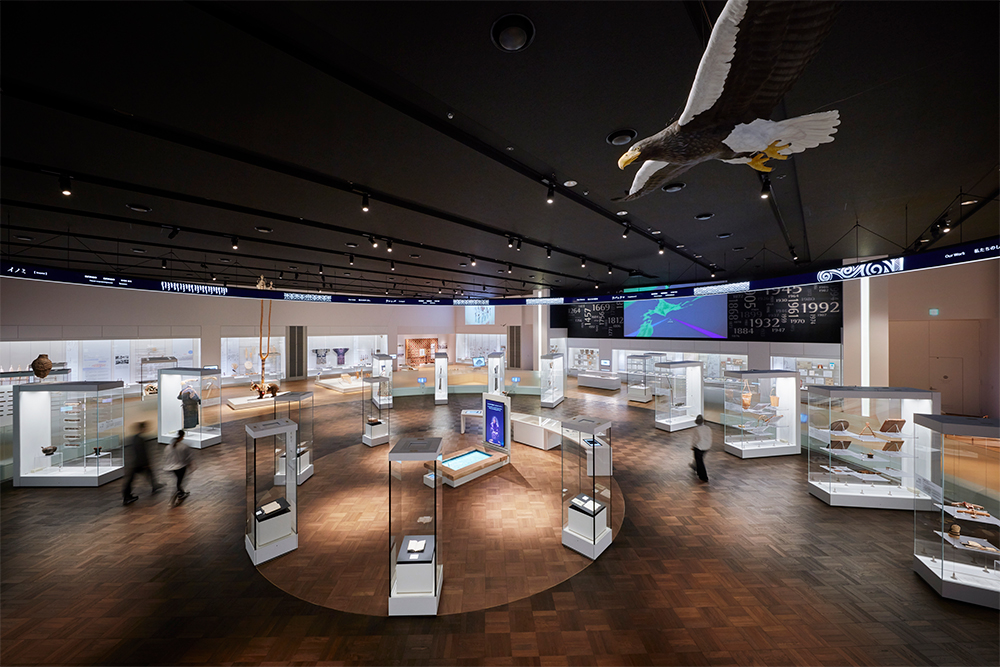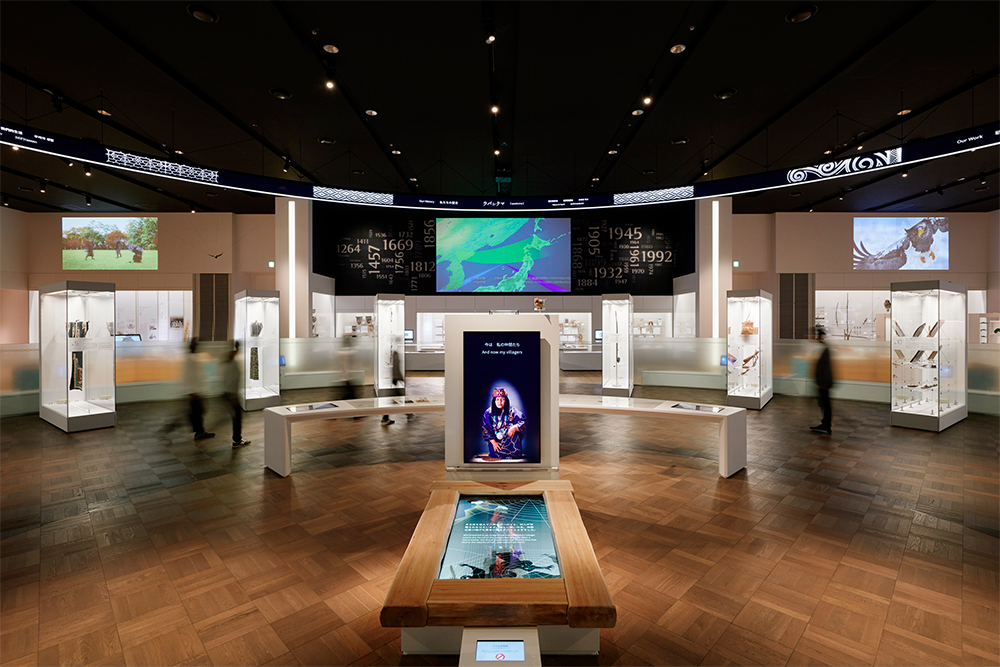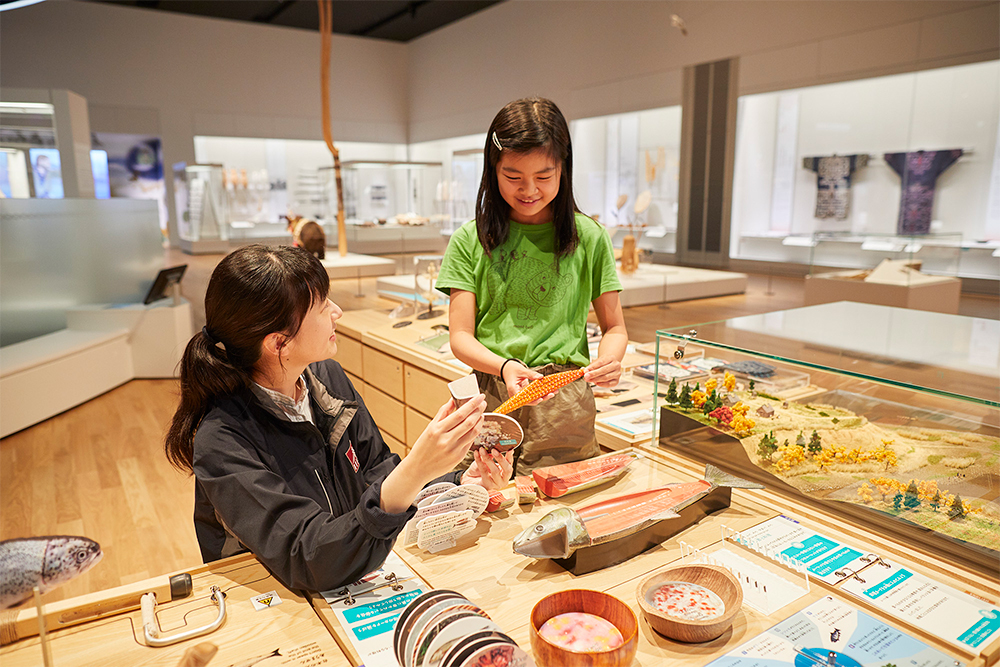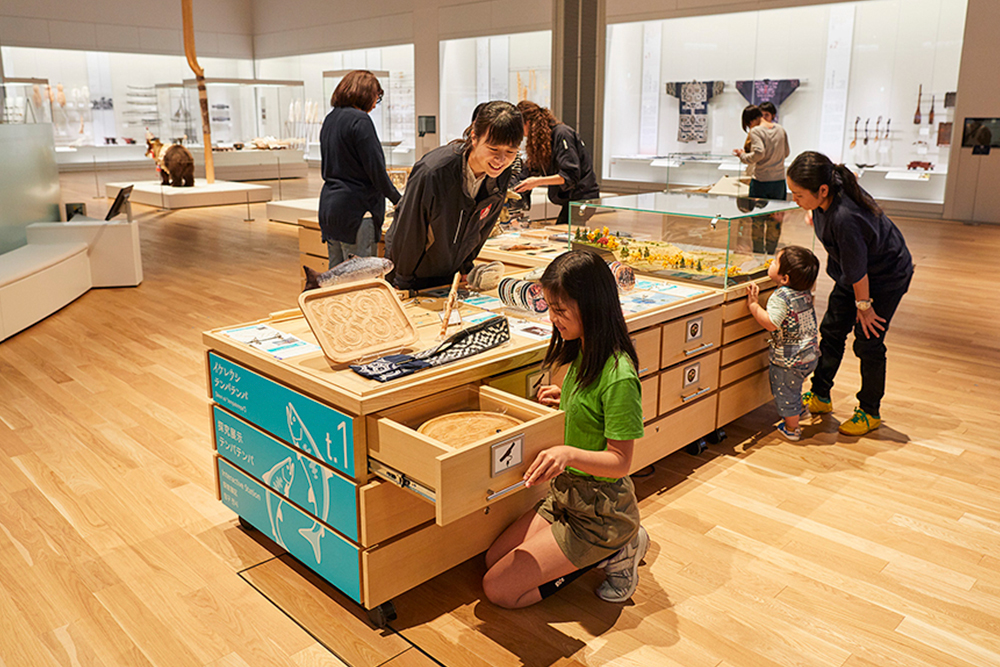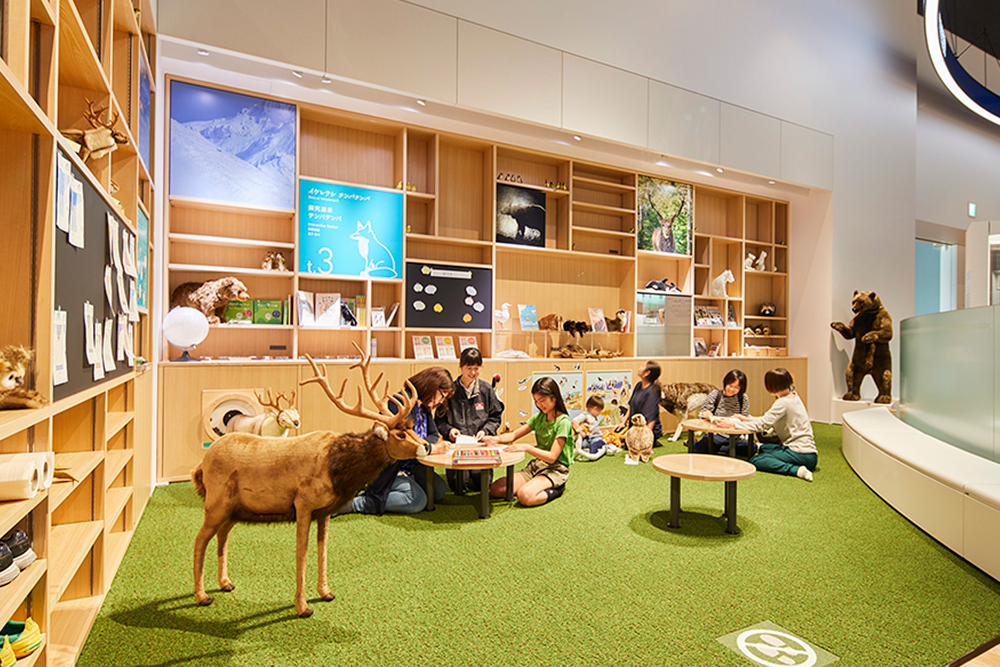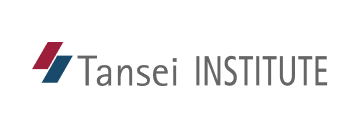Site Search
- TOP
- Project Details
- List of achievements
- National Ainu Museum
National Ainu Museum
The museum will be the core facility of the Symbolic Space for Ethnic Coexistence (nicknamed "Upopoy"), and will be the first and northernmost national museum in Japan to focus on the history and culture of the indigenous Ainu people.
- Cultural Spaces
Photo: Forward Stroke inc. / *Photo courtesy of National Ainu Museum
About the Project
| Overview | It is the core facility of the Symbolic Space for Ethnic Coexistence (nicknamed Upopoy) built on the shores of Lake Poroto in Shiraoi, Hokkaido, and is Japan's first and northernmost national museum with the theme of the history and culture of the indigenous Ainu people. It consists of a basic exhibition room that introduces the basic content of Ainu history and culture under six themes: "Our Language," "Our World," "Our Life," "Our History," "Our Work," and "Our Exchanges," as well as a special exhibition room that holds exhibitions on a variety of themes, including the Ainu people, and a theater. |
|---|---|
| Issues/Themes | The museum aims to present Ainu history and culture from a variety of perspectives, based on the museum's philosophy of "respecting the dignity of the Ainu as an indigenous people, promoting correct recognition and understanding of Ainu history and culture both domestically and internationally, and contributing to the creation and development of a new Ainu culture." |
| Space Solution/Realization | The exhibits are told from the Ainu perspective, and the design incorporates patterns and motifs associated with Ainu culture. Ainu is used as the primary language for signs in the museum, and signs and explanatory panels use Ainu in katakana and romanized characters. In addition, the museum aims to promote understanding and respect for ethnic diversity by introducing Ainu culture from multiple angles, including the "present" and "regional" Video, through the "Tempa Tempa Exploration Exhibition," which allows visitors to learn about Ainu culture while having fun, and through a wealth of video footage. |
| Design for Environment | Energy-saving design: The ceiling and base lighting inside the case can be dimmed via a tablet, allowing for appropriate lighting management and reducing operating energy. Universal design: The signs and explanations are available in multiple languages, including Ainu, and are designed with universal design in mind. In addition, the experiential exhibits are not set up in a separate room, but are placed within the exhibition room as the "Tempa Tempa Exploration Exhibit," allowing both adults and children to enjoy the exhibits according to their interests and level of understanding. Cultural property Preservation Planning: Airtight cases are used for display cases that require consideration of the display environment, and all display stands are made of materials that suppress organic acids and ammonia. |
Basic Information
| Client | Agency for Cultural Affairs, Government of Japan Affairs/ The Foundation for Ainu Culture |
|---|---|
| Services Provided | Basic Planning, Design, Layout: Tanseisha Co., Ltd. Construction: Nitten Co., Ltd. |
| Project Leads at Tanseisha | Creative Direction: Akihiko Wada Planning: Yuko Onisawa, Hanae Zenno, Sachiko Sakiyama, Mieko Oki Tansei Institute Co., Ltd. Design, Layout: Masashi Koyama, Ryo Takai Facility storage planning: Tansei Institute Co., Ltd. Yoshifumi Kobayashi, Hiroyuki Ichinose Video system design: Tatsuro Shiota, Tansei Institute Co., Ltd. Models, Molding: Hiroshi Nakai, Yasuhiro Yoshida Project Management: Eiji Yamazaki, Yoshiki Morikawa, Yasuo Fujiwara |
| Awards | 15th Kids Design Awards Excellence Award and Minister of Economy, Trade and Industry Award 40th Display Industry Encouragement Award (Japan Display Industry Association Award) |
| Location | Hokkaido |
| Opening Date | July, 2020 |
| Website | https://nam.go.jp/ |
| Tag |
*The shared information and details of the project is accurate as of the date they were posted. There may have been unannounced changes at a later date.
Affiliated companies and solutions
Related Achievements
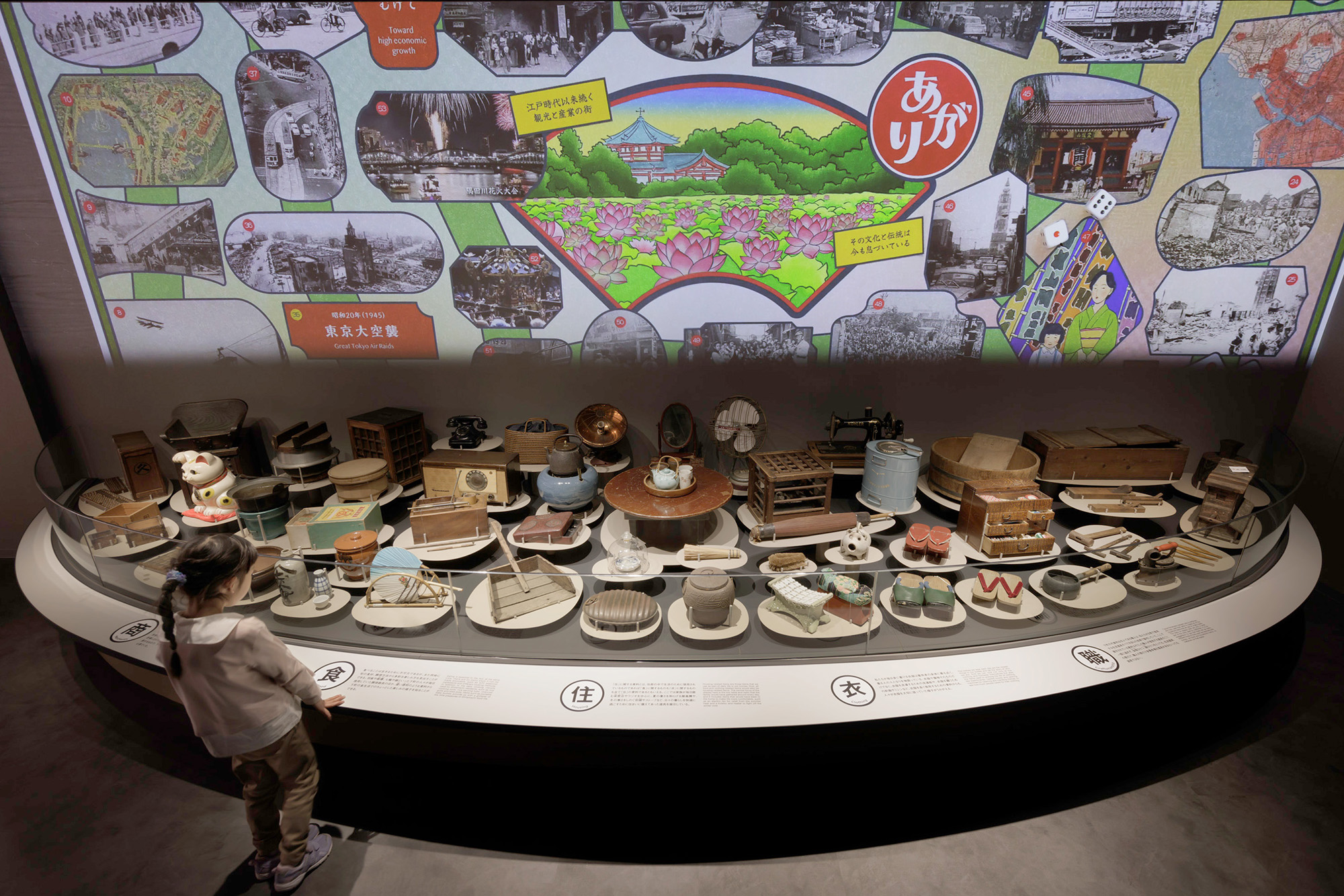
Taito City Shitamachi Museum
Set in Taito Ward, it traces the memories of the downtown area and evokes the scenery and emotions of the city in the past
- Cultural Spaces
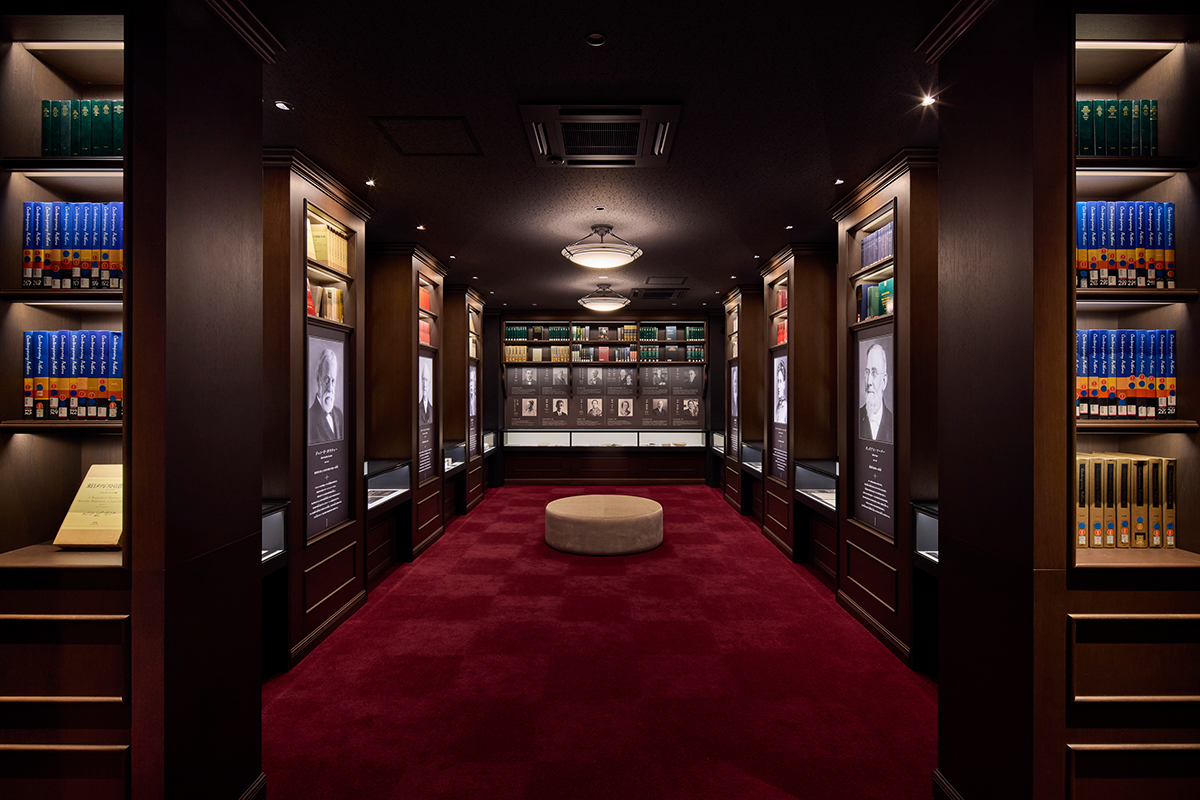
Aoyama Gakuin Museum
The thoughts of people associated with Aoyama Gakuin are woven together through light, gently enveloping and quietly guiding visitors.
- Cultural Spaces
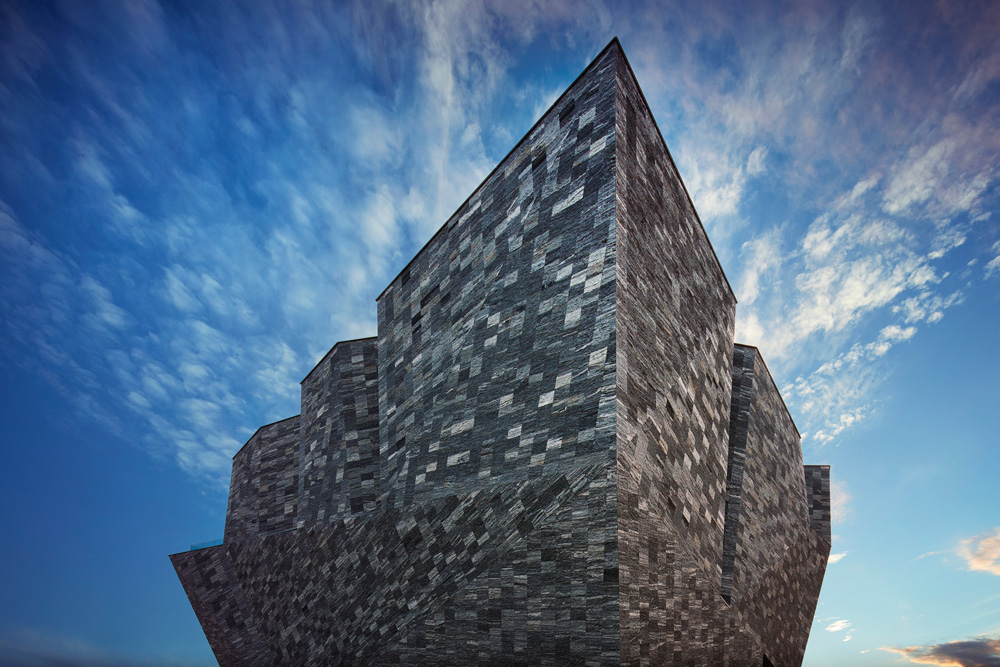
Kadokawa Musashino Museum
A new concept cultural complex that combines a library, art gallery, and museum
- Cultural Spaces
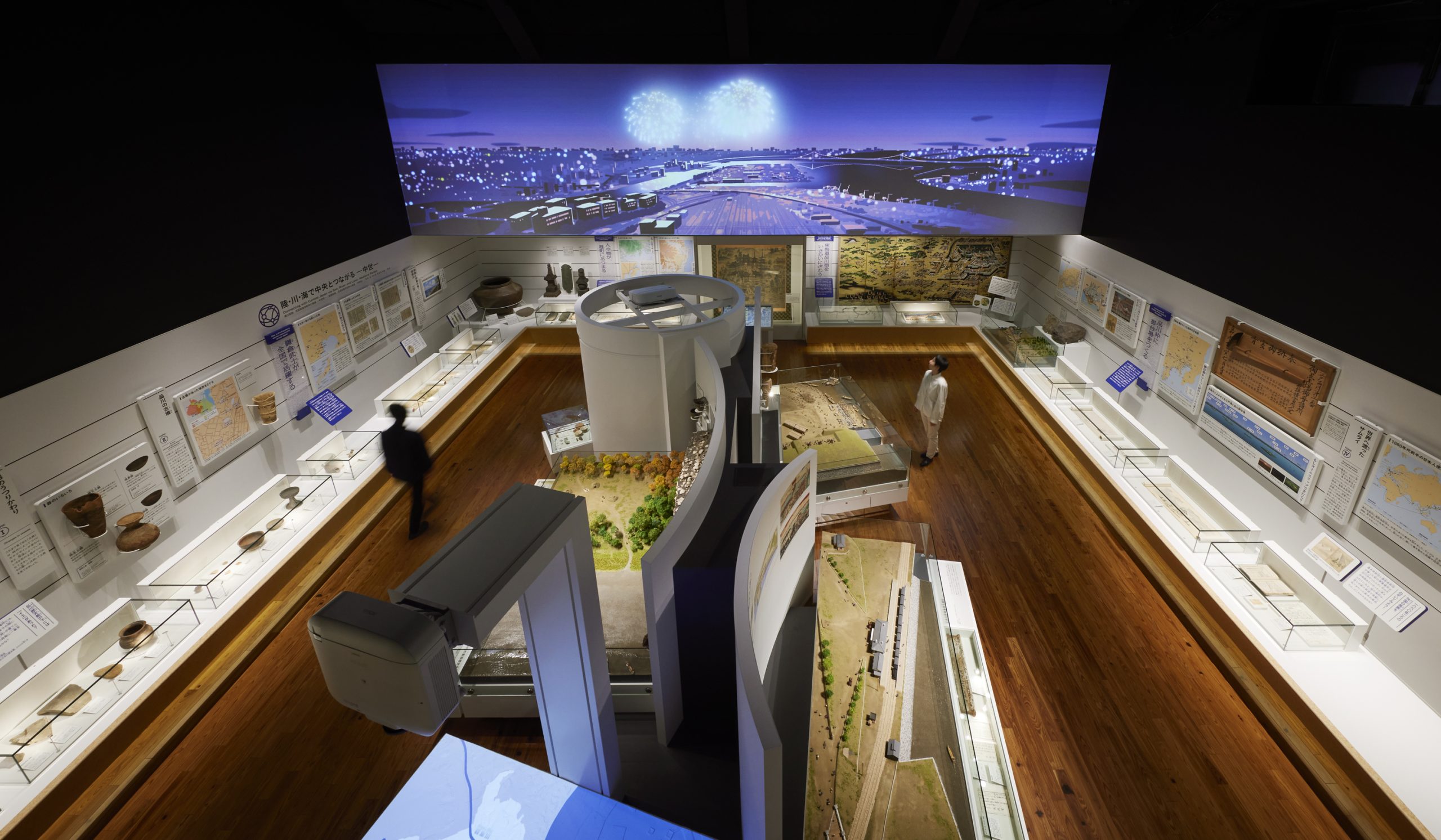
Shinagawa Historical Museum Renewal
Visit the "Live Museum" to learn about the past and present of Shinagawa, a city connected to the world
- Cultural Spaces
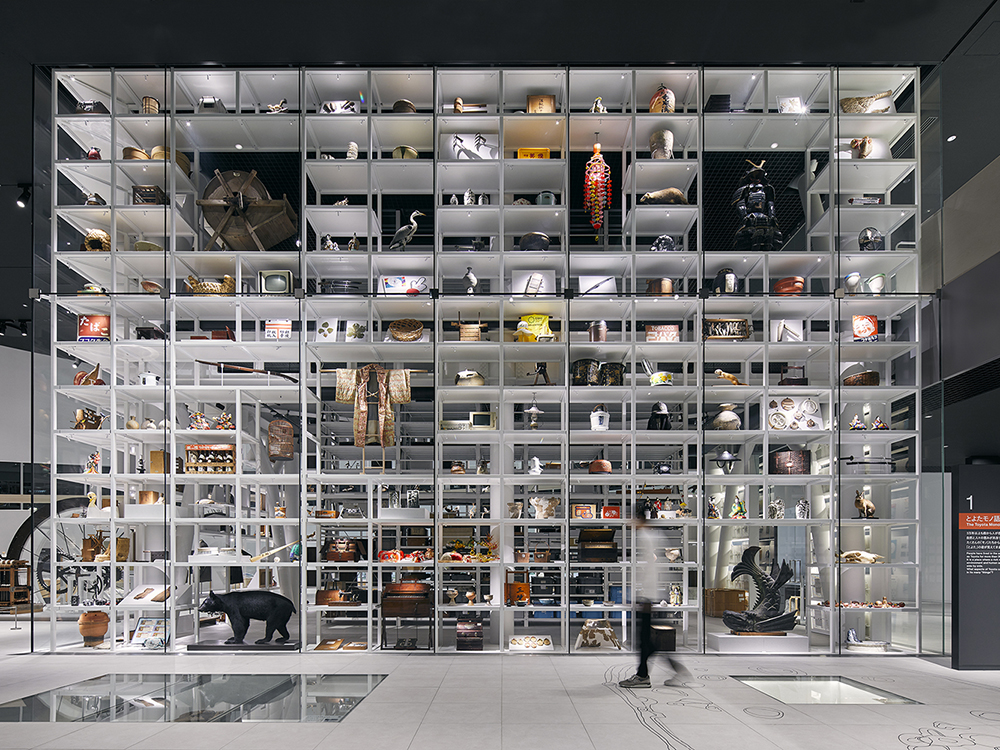
Toyota City Museum
A museum that is continually created by everyone, where a diverse range of people, primarily local residents, can gather and interact
- Cultural Spaces
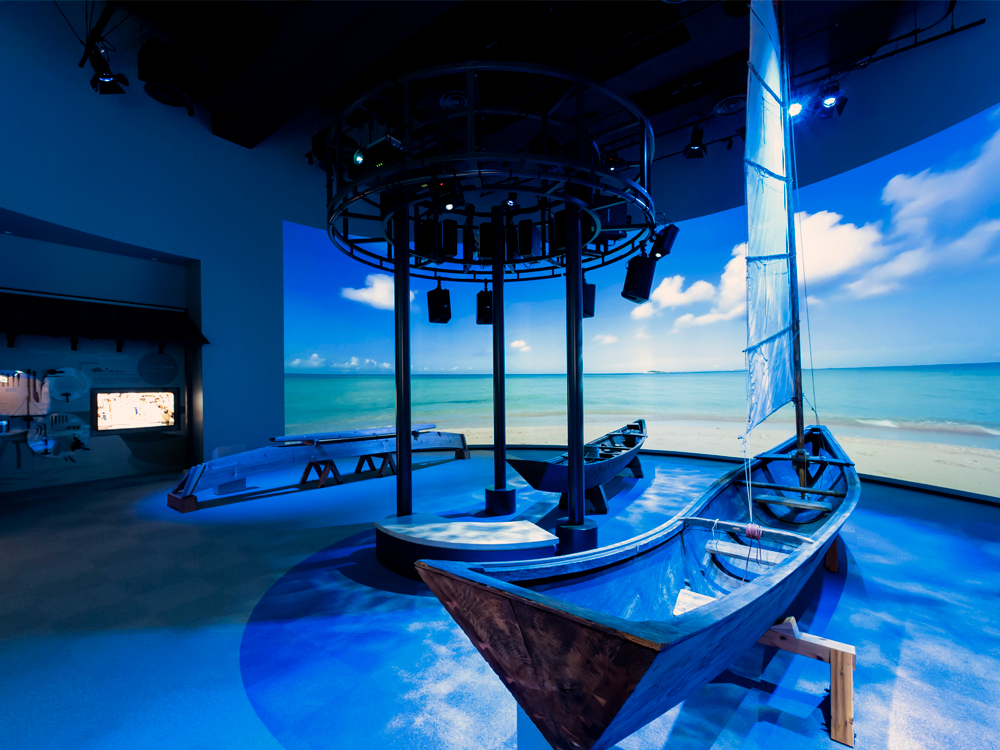
Itoman City Tourism and Cultural Exchange Center Facility Kukuru Itoman
Unraveling the history and culture of Itoman and passing on its diverse charms to the future
- Cultural Spaces
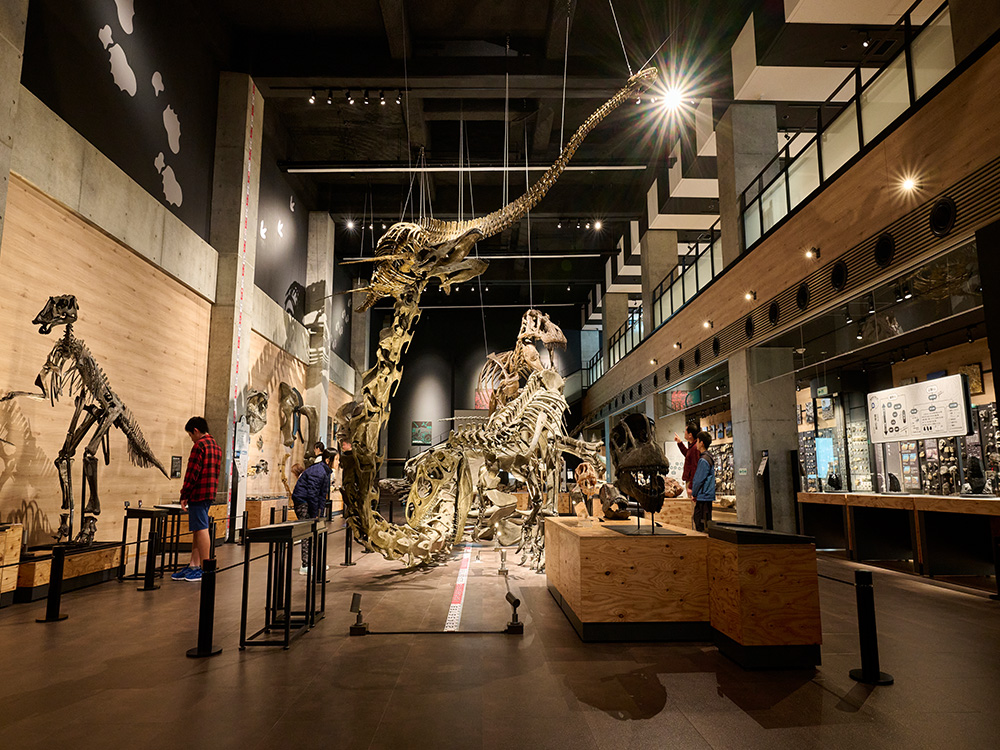
Amakusa City Goshoura Dinosaur Island Museum
A base facility for fossil collection and nature observation on the island, where fossils on Amakusa can send you back to the ancient world
- Cultural Spaces
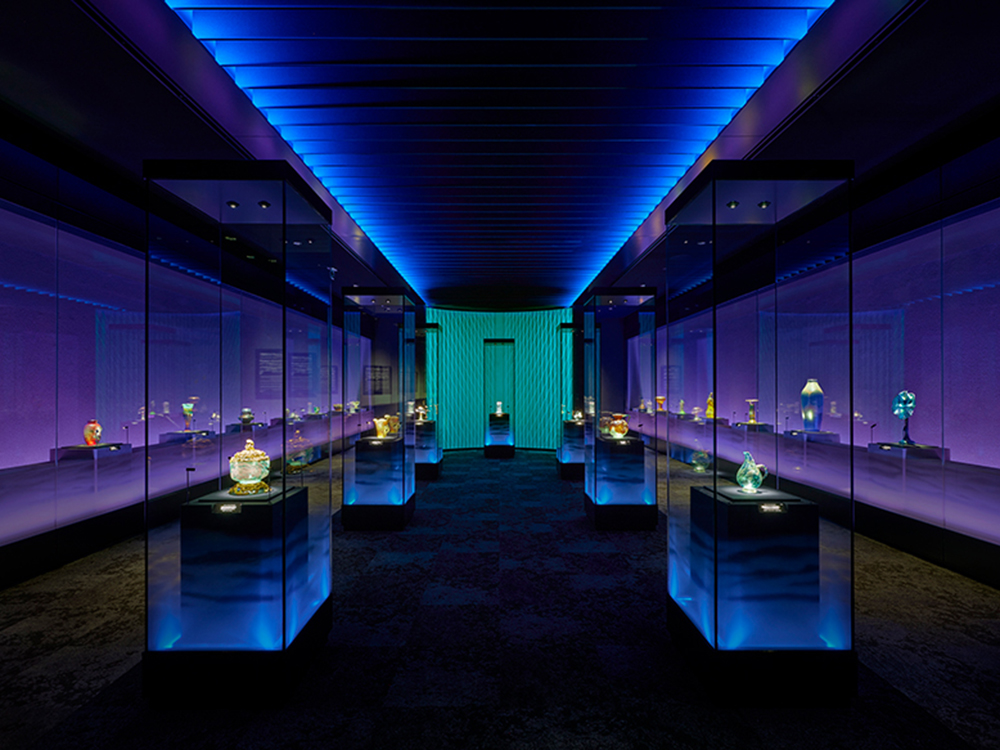
Hida Takayama Museum of Art
Creating a space for art appreciation in a space where you can feel the nature of Hida Takayama and the changing seasons
- Cultural Spaces
